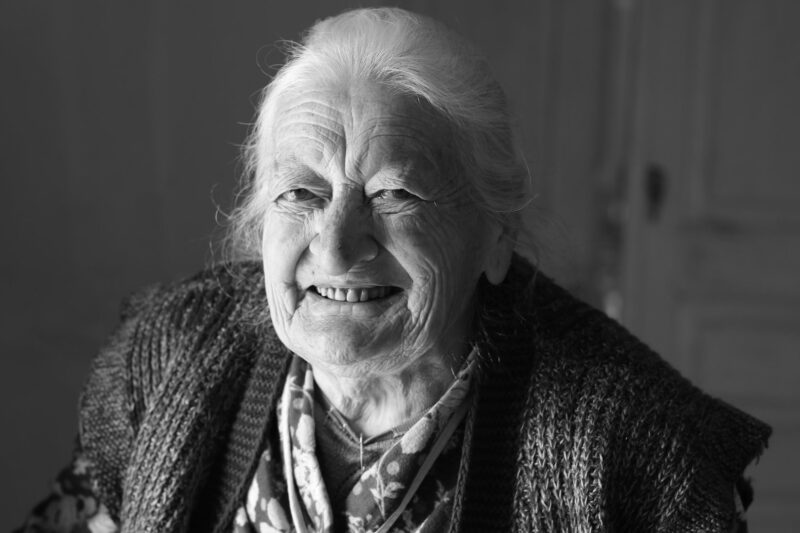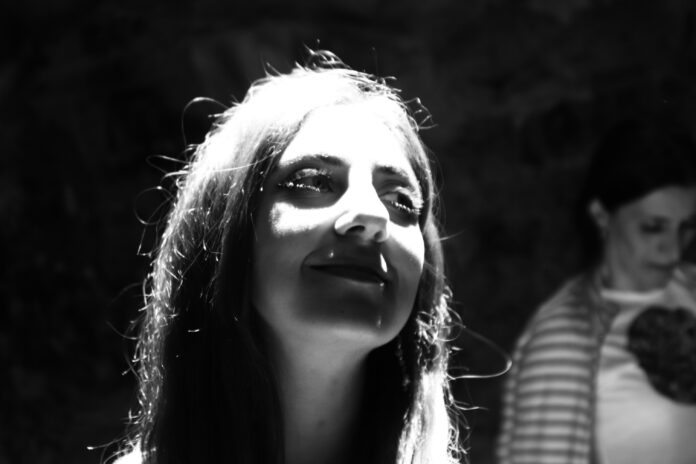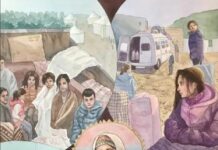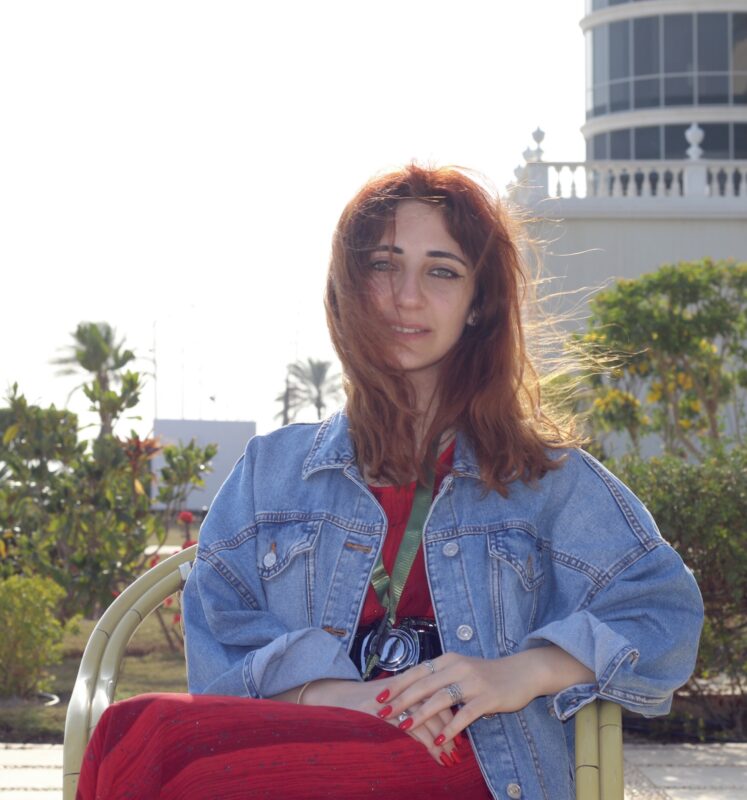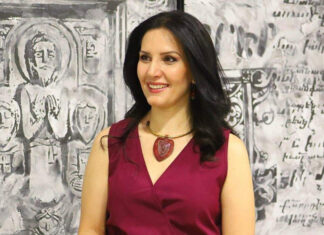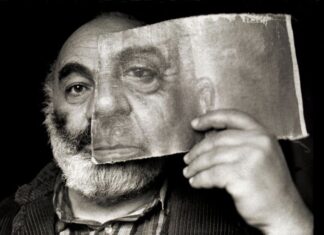By Maydaa Nadar
Special to the Mirror-Spectator
ISMAILIA, Egypt — In one of Armenia’s villages, Avtona, there resides a young Yezidi boy. He is around 12 years old and is named Suko. He lives in two worlds, one imaginary and the other real. Armenian documentary director Ani Grigoryan in the film “Avtona” depicted Suko’s feelings and thoughts as he finds himself moving between these two contrasting worlds. She was motivated by several goals, including depicting Armenia’s rich cultural diversity and presenting the Yezidis as an integrated community, which together with other communities gives richness to Armenian society as a whole.

Ani participated with “Avtona” in the 24th Ismailia International Film Festival for Documentaries and Shorts, held in Egypt. The director talked with the Armenian Mirror-Spectator about her participation in this and other festivals, as well as about her profession and academic work.
She said that working as an administrator in two programs with the Public Television of Armenia was a useful experience. She considers herself lucky since the team she worked with brought together wonderful people. Also, this job opened many doors for her. For instance, she attended many shootings and went on trips to the beautiful cities of Armenia.
However, what was most important for her was to understand the structure of the program and become involved in the actual process. She commented: “It’s one thing to relate in words and another when you yourself form a part of the work. I learnt that the director is not a person who only develops and follows the process of the film, but also that he must know the working methods of everyone in his team. In this sense, working in television further strengthened my knowledge in a practical way and enriched me with self-confidence.”
